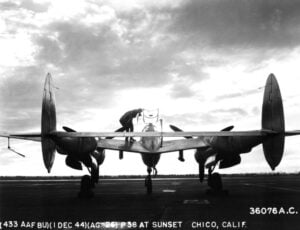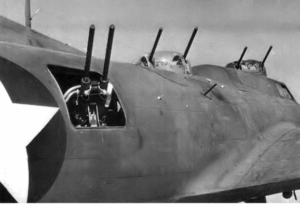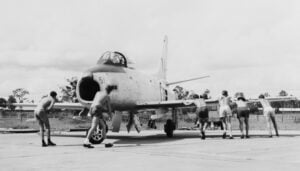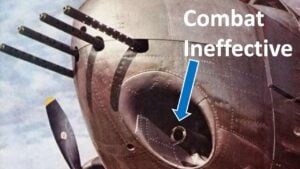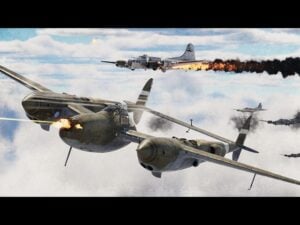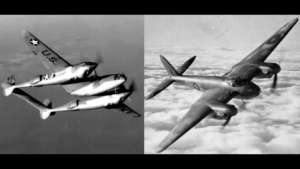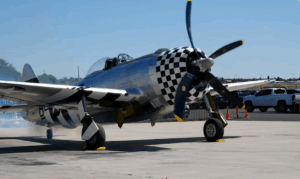10 WWII Aircraft Pilots Never Wanted to Encounter
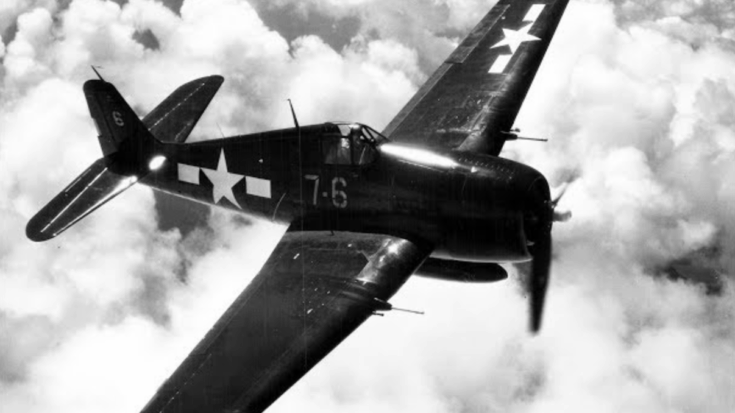
Smithsonian National Air and Space Museum / YouTube
In the chaos of the Second World War, pilots often spoke of certain aircraft that filled them with dread. While every combat mission carried danger, some machines stood out because of their speed, firepower, or reputation. These planes were not just tools of war but symbols of technological advances that shifted battles in the air. From Europe to the Pacific, aviators remembered which silhouettes in the sky meant real trouble.
Although it is impossible to say with certainty which aircraft were feared the most, history and pilot accounts show that some earned a special place in the memories of those who fought them. German fighters pushed Allied aviators to their limits, Japanese aircraft dominated the Pacific skies early on, and American designs later changed the course of the air war. Together, they tell the story of aerial combat at its most intense.
1. Messerschmitt Me 262
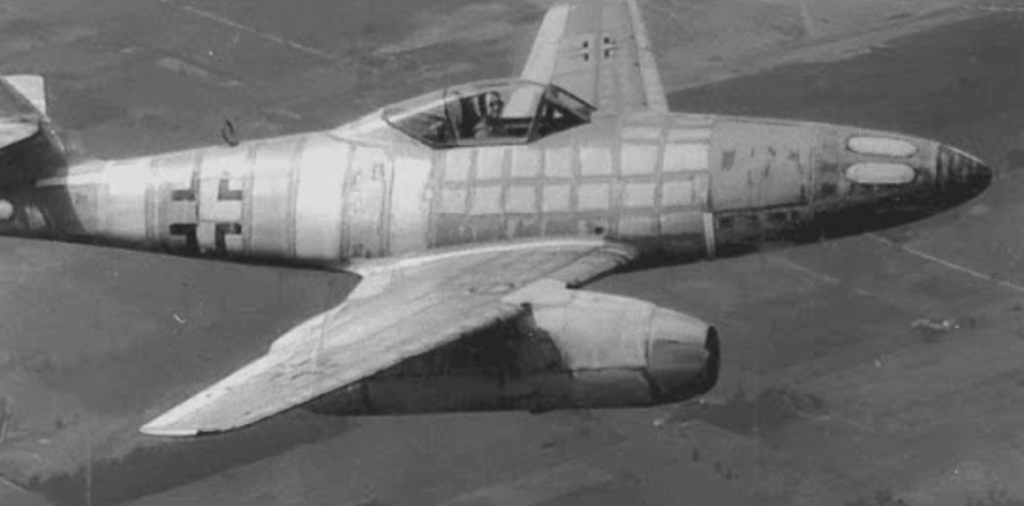
The Messerschmitt Me 262 was the world’s first operational jet fighter, and its speed alone made it terrifying. Propeller-driven fighters could rarely catch it once it was at full throttle. For Allied bomber crews, seeing a Me 262 in the distance meant they had seconds to prepare before its cannons tore into their formation.
While it had problems with short engine life and limited range, it still represented a new age of warfare. Pilots who survived encounters often admitted they felt helpless against it. In many ways, the Me 262 became a symbol of technology arriving faster than tactics.
2. Focke-Wulf Fw 190
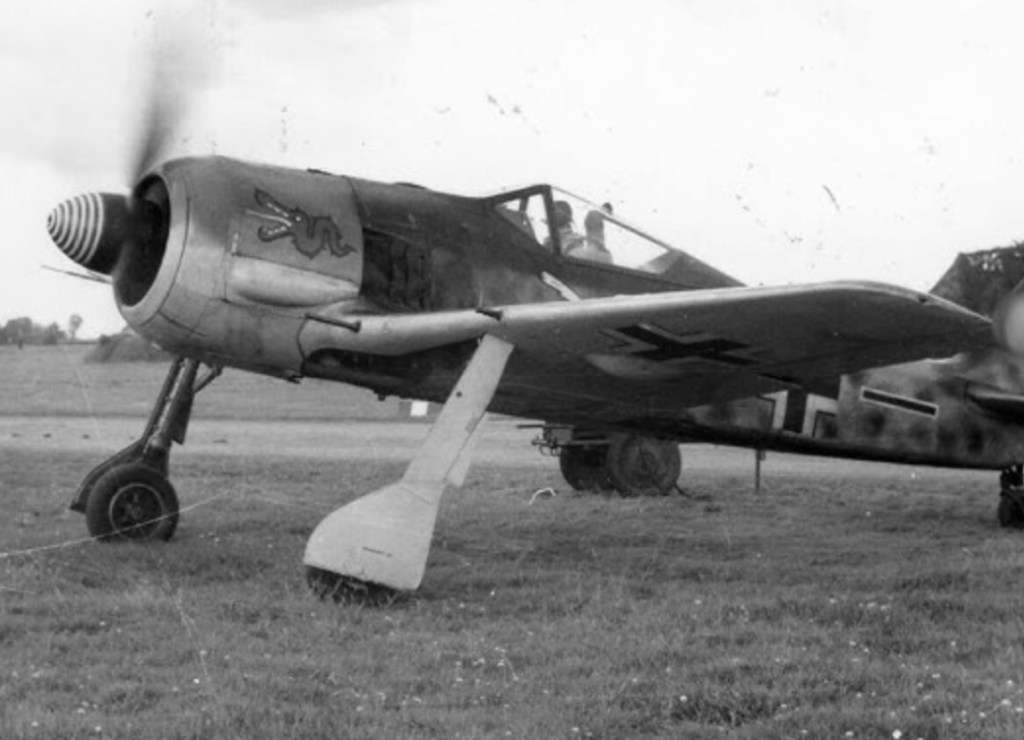
The Focke-Wulf Fw 190 earned a reputation as one of the most effective German fighters of the war. It combined durability with heavy firepower, making it equally dangerous against bombers and fighters. Allied crews feared its ability to strike quickly, unleash devastating fire, and then escape before they could respond.
Its rugged airframe also allowed it to withstand punishment in combat. Many who fought against the Fw 190 remarked on how difficult it was to bring down. For bomber pilots especially, an encounter with a formation of these fighters was often the most dreaded part of a mission.
3. Messerschmitt Bf 109
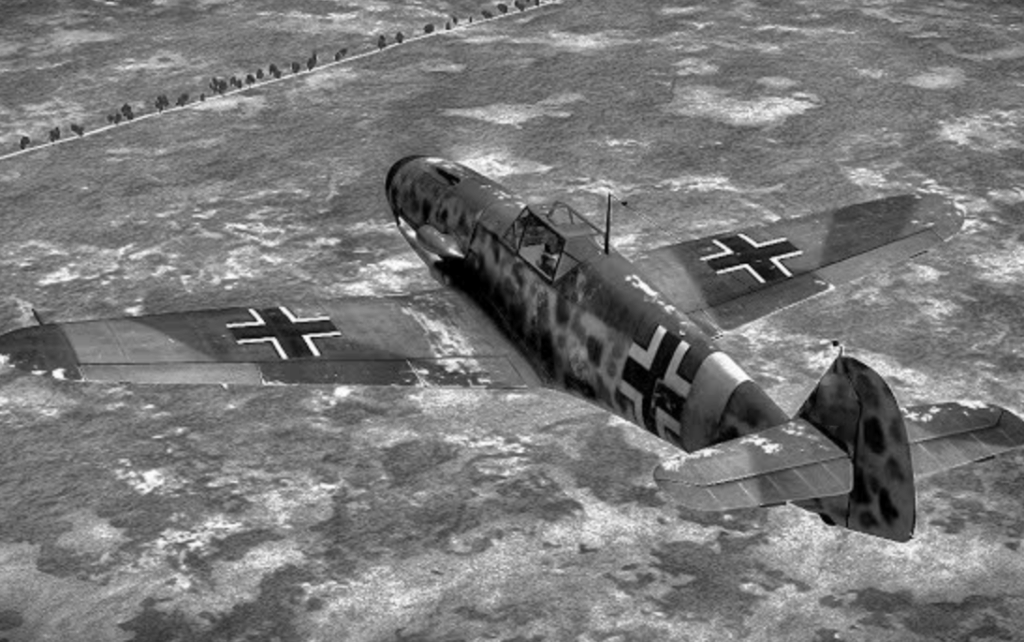
The Messerschmitt Bf 109 was among the most common fighters in Europe, and its constant presence wore on Allied morale. It had been in service since the Spanish Civil War and continued to evolve throughout WWII. Pilots never knew which version they were facing, but almost all were quick and deadly.
The Bf 109’s versatility meant it could fight in many roles: escort, interceptor, or ground attack. Its long service record made it a familiar but still dangerous enemy. Facing one in the skies reminded Allied pilots that they were up against a machine refined through years of combat.
4. Mitsubishi A6M Zero

For Allied pilots in the Pacific, the Mitsubishi A6M Zero was one of the most feared opponents early in the war. Its agility and long range allowed it to dominate battles, particularly in 1941 and 1942. American and British aviators quickly learned that old tactics would not work against its maneuverability.
Although later aircraft outclassed it, the Zero’s reputation remained strong. Pilots who faced it often described the challenge of trying to match its sharp turns and quick strikes. At a time when Japan controlled the skies, the Zero became a symbol of enemy air superiority.
5. Kawanishi N1K-J “George”
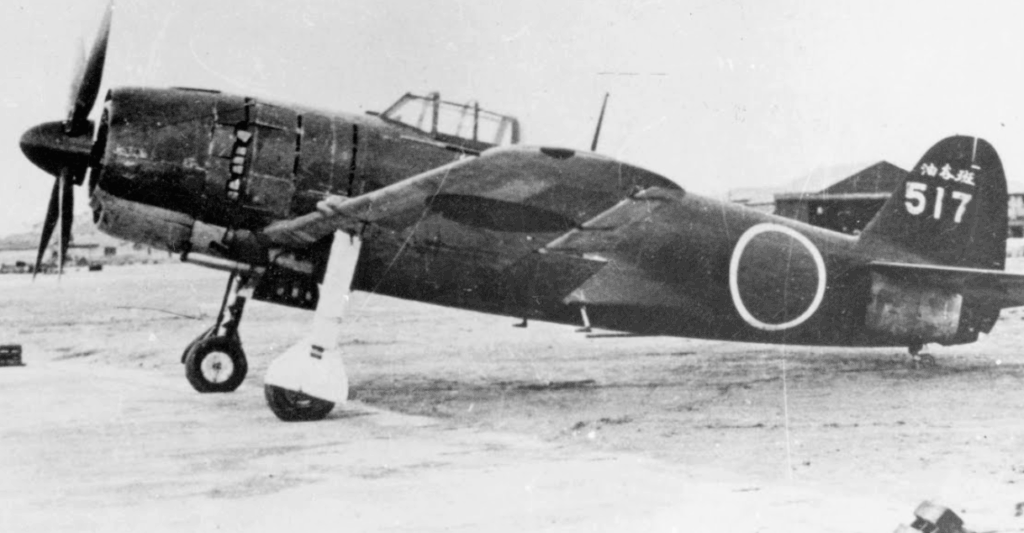
The Kawanishi N1K-J, known to the Allies as “George,” appeared later in the Pacific but quickly earned respect. Heavier and more powerful than the Zero, it could stand toe-to-toe with America’s best fighters. Its strong guns and ability to absorb damage made it a formidable rival.
Encounters with the “George” were often remembered as drawn-out and dangerous. Unlike the fragile early Japanese fighters, this machine could endure tough fights. Pilots who underestimated it often found themselves surprised by its resilience. For many, the “George” represented Japan’s attempt to match Allied advances in aircraft technology.
6. Grumman F6F Hellcat
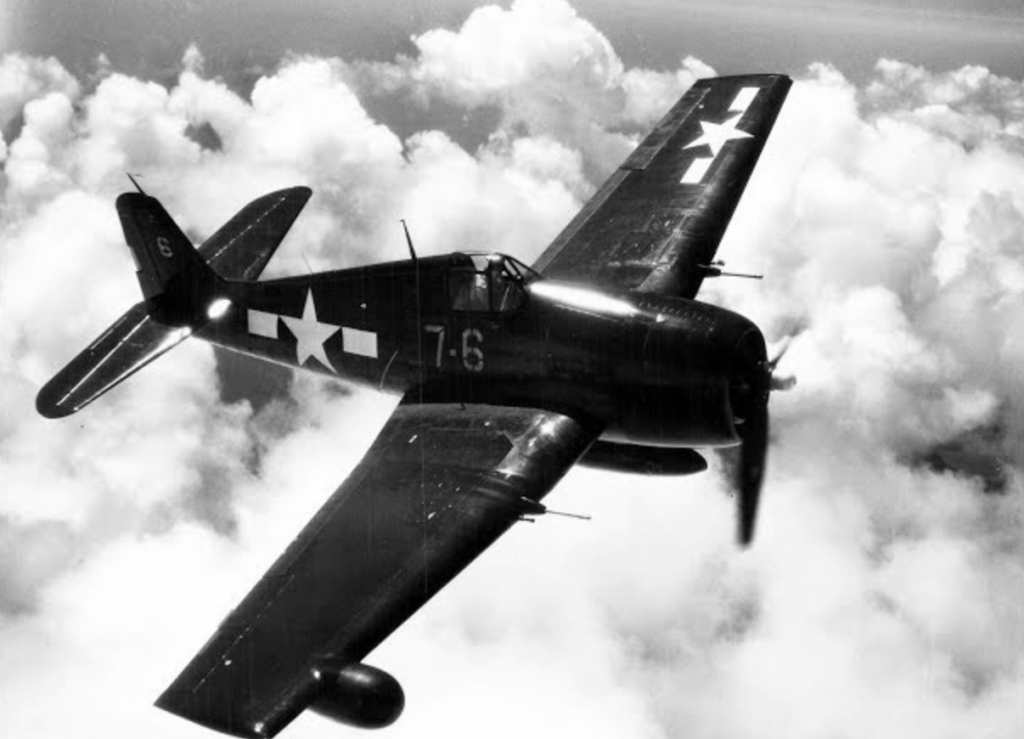
The Grumman F6F Hellcat turned the tide in the Pacific. For Japanese pilots, it was a machine they did not want to see. Durable, heavily armed, and easy to fly, it gave American pilots confidence and produced thousands of victories in aerial combat.
One reason the Hellcat was feared was its ability to keep flying after taking heavy damage. Pilots often returned home with planes riddled with bullets, while their opponents did not. For Japanese aviators who once enjoyed air dominance, facing a Hellcat meant meeting an opponent that was both skilled and hard to defeat.
7. Lockheed P-38 Lightning
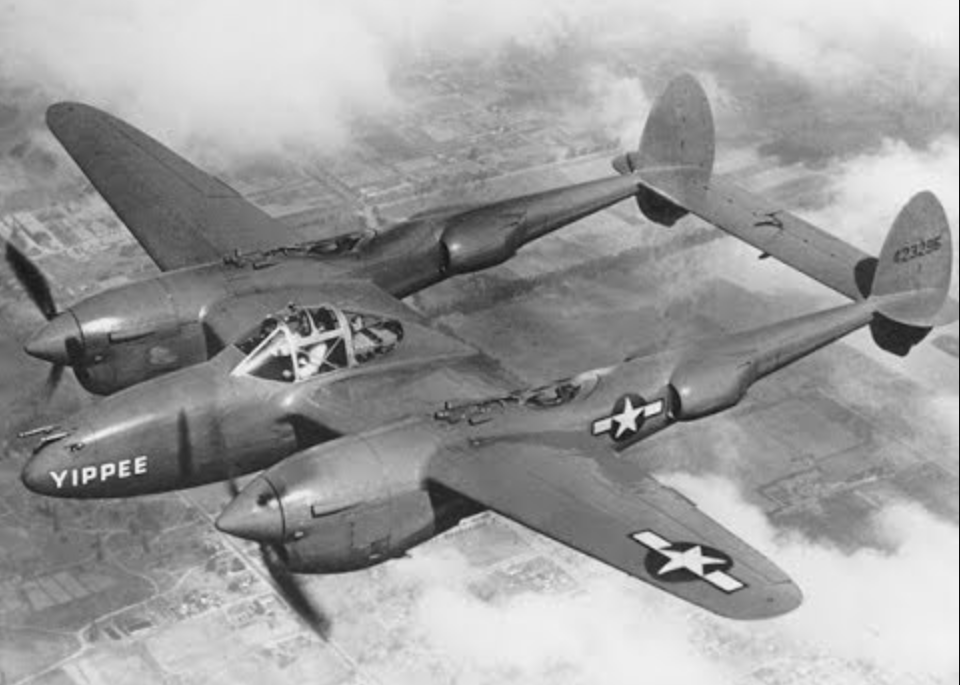
The Lockheed P-38 Lightning was unlike anything else in the sky. Its twin-engine design and long range allowed it to escort bombers over vast distances. Its heavy armament also meant it could deliver deadly strikes in dogfights. For Japanese pilots especially, the Lightning was a constant challenge.
Its reputation grew when American ace Richard Bong and others scored many victories flying the P-38. Beyond its firepower, its ability to stay in the fight even with one engine damaged made it reliable. To opponents, it was a unique and difficult adversary, remembered for its persistence.
8. P-51 Mustang
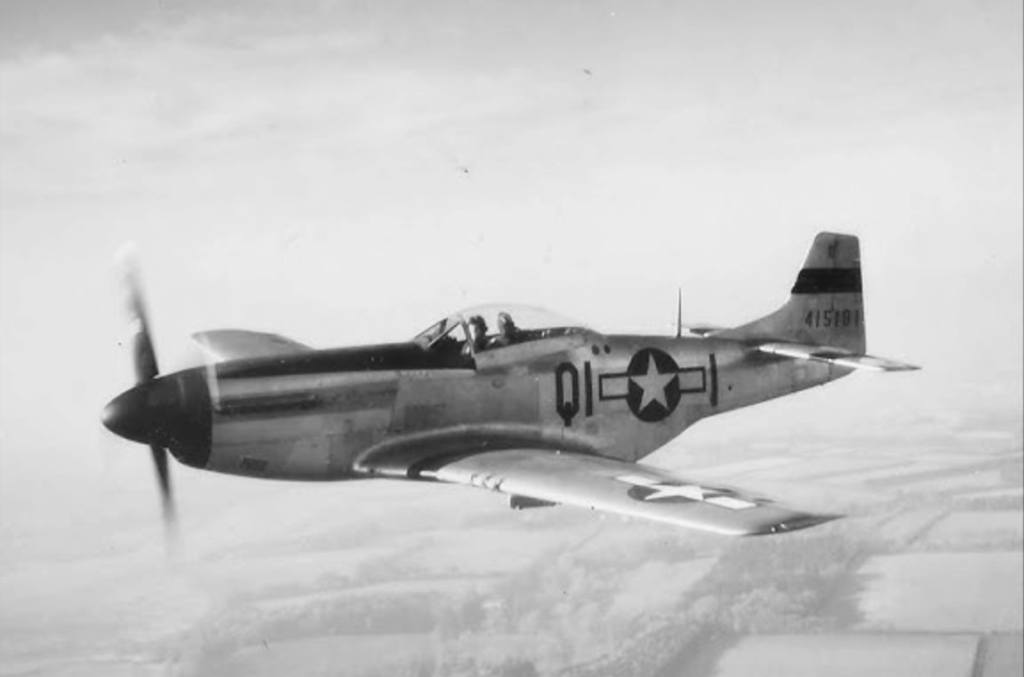
The P-51 Mustang became a legend for its ability to escort bombers deep into enemy territory. For German pilots, this meant there was no safe place in the skies. Fast, maneuverable, and with long range, the Mustang stripped away the advantage they once had.
The presence of P-51s changed the air war. Bomber crews now had protection all the way to their targets, while enemy fighters had to contend with skilled escorts. Many German pilots admitted the Mustang made their missions far more dangerous. Facing one meant battling a plane designed to dominate.
9. B-29 Superfortress
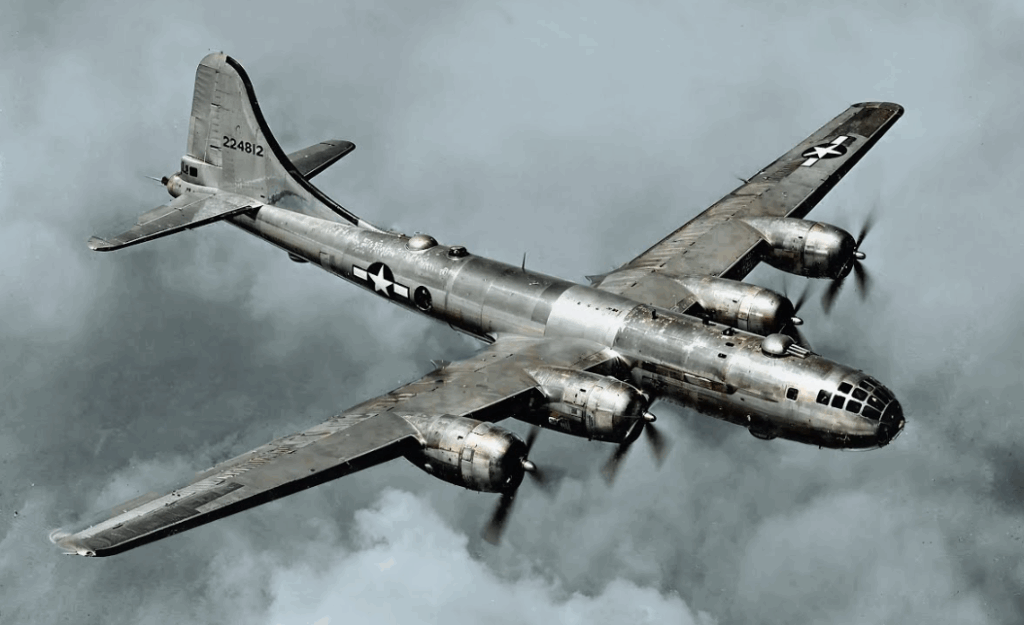
The B-29 Superfortress was not a fighter, but it was still feared. Its sheer size and altitude performance made it difficult to intercept. Enemy fighters that tried to bring it down often faced withering defensive fire from multiple gun turrets.
For Japanese defenders, the arrival of B-29 raids meant devastation. These bombers could reach targets deep inside the homeland and drop massive payloads. The difficulty of stopping them made each mission a nightmare for defending pilots. In the skies of the Pacific, the Superfortress stood as a giant symbol of Allied power.
10. Consolidated B-24 Liberator
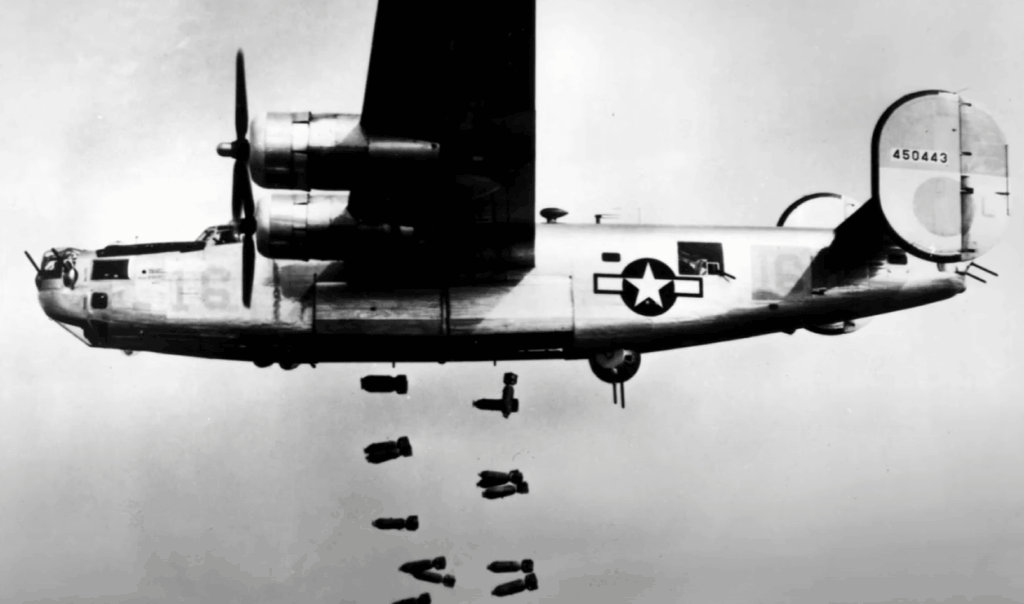
The Consolidated B-24 Liberator was another bomber that created fear. Its long range allowed it to strike far-off targets, and its defensive guns made it hard to approach. Enemy fighters had to brave heavy fire just to make an attack run.
Pilots who tried to bring down B-24s often recalled the danger of facing groups of them in formation. Their overlapping fields of fire created deadly zones for attackers. While not as famous as the B-17 or B-29, the Liberator played a crucial role, and enemy aviators learned to respect the risk of engaging it.













